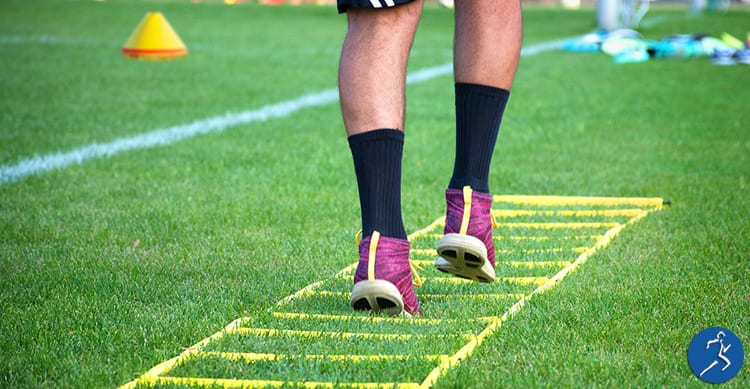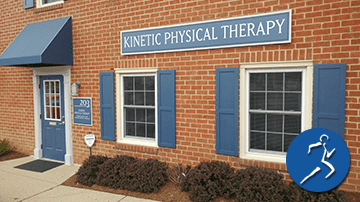According to the Journal of Athletic Training, ankle sprains are the most common sports-related injury. Since youth sports-related injuries are on the rise, it is a good idea to train ankle stability. When an athlete performs any single sport-specific movement, the ankle and it’s surrounding muscles are put under a great deal of stress. Addressing the ankle, combined with lower leg strengthening allows the area to withstand greater force before injury occurs. Furthermore, this type of physical therapy after sprains aids in speedy recovery and helps prevent re-injury. We have some valuable information for training ankle stability to improve agility and prevent injury.
An Injury That Repeats Itself
Your ankle joint is one of the most weight-bearing structures in your body. Therefore, in part due to the demands placed on the joint, and its structure, the ankle experiences injury from jumping and landing incorrectly. Estimates state that every year, over 2 million people see a doctor for ankle strains, sprains, and fractures. Furthermore, as little as one ankle injury can increase the risk or re-injury by as much as 40-70 percent. So, proper stretching and training ankle stability and strengthening can improve agility, decrease your risk of repeat injury, and prevent new issues.
Cautious Approach to Physical Therapy
Upon your initial evaluation, your physical therapist will assess your needs. His goal is guiding you through choosing the best ankle exercises for your rehab. If you have a recent sprain, a cautious approach is best. First, starting with slow, non-weight bearing exercises. As you heal and gain your strength resistance is introduced, lastly followed by weight-bearing exercises. The patient’s rate of recovery dictates the evolution of the rehab.
Preventing Future Injury
Proprioception training is a recent buzz in athlete circles. Proprioception refers to the body’s ability to realize its place in space. This training targets the individual’s capacity to recognize movement that could strain the ankle. It activates an intuitive sense to change position thus protecting from injury automatically. Proprioception can also increase an athlete’s agility and performance. Training this way consequently improves balance and body awareness thus creating safe reaction times.
Holistic Approach to Ankle Stability
A good physical therapist understands that you cannot spot train one part of the body to improve performance. Therefore he will apply a holistic philosophy for effective rehab. This means training that includes balance, strengthening, and stretching. Kinetic Physical Therapy believes in an individualized, holistic approach to treating our clients. We understand that no two injuries are alike, therefore for successful treatment, we address the client, not the injury. Contact us today to schedule an evaluation.




Leave a Reply
You must be logged in to post a comment.